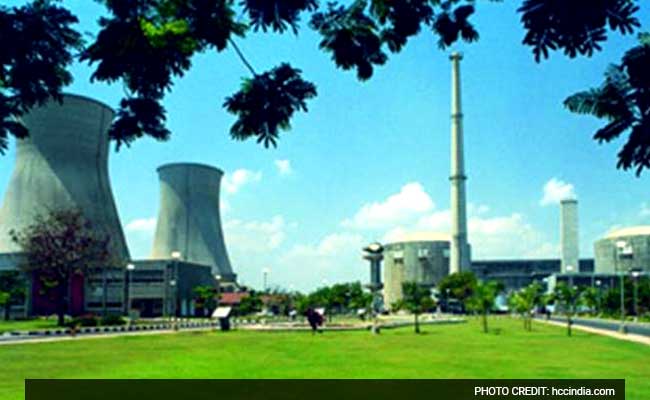A Major Leak In India’s Nuclear Plant On Fukushima’s 5th Anniversary
By Kumar Sundaram
12 March, 2016
Dianuke.org

The Unit-1 of the the Kakrapar nuclear power plant in India’s Gujarat state underwent an accident 11th March, morning at 9.00 am.
The operator of the nuclear plant, the govt-owned Nuclear Power Corporation of India Limited (NPCIL), has declared an on-site emergency even as it has said there is no release or radioactivity in the accident. The NPCIL has said the leak happened in the Primary Heat Transport System (PHTS). The NDTV news report has called it a major heavy water leak.
India’s nuclear regulator, the Atomic Energy Regulatory Board (AERB) has also issued a statement saying there has been no “abnormal release of radioactivity outside the plant or radiation exposure” as a result of the incident.
Speaking to DiaNuke.org, the former chief of the AERB Dr. A Gopalakrishnan said that complete facts regarding the situation are yet to become public, particularly regarding the assurance that there is no radioactive release as the leak happened in the primary cooling loop.
The NPCIL has declared an emergency even as it says all safety systems are working fine and there is an automatic shut down.
Even after automatic shut down, the residual heat in the nuclear plants remains high for a long time.
The local District Magistrate had this to say on today’s leak:
“I have been told that the situation is now under control. But we were worried because there had been an accident at the plant earlier too. Mr Jain, who heads the plant, told us that workers from unit one have been sent for medical treatment and that the unit, which was shut because of a leak, will remain closed for a while. We are concerned and I am trying to get a complete report on the matter.”
Speaking to DiaNuke.org, Dr. Sanghamitra Gadekar of Gujarat-based watch-group Anumukti said: “we are extremely doubtful, because as per our knowledge based on the internal documents of the NPCIL, the Emergency Core Cooling System (ECCS) was not tested satisfactorily at the commissioning of Kakrapar’s Unit-1. In 1993, when we came to know that they were starting the reactor without testing the ECCS, we appealed the Prime Minister, the Gujarat Chief Minister and other authorities to halt commissioning. Veteran Gandhian Mahadev Desai then also conducted a fast for five days.”
The same reactor had a major accident in 1994 when floodwaters drowned Kakrapar. The floodgates meant to release excess water could not be opened and the water kept increasing–which could lead to a major accident–but it was prevented with the efforts of local engineers. Mr. Manoj Mishra, a worker in the power station then who blew whistle on that accident was terminated by the NPCIL. He was denied justice even by the Supreme Court in India which bought the NPCIL’s argument that he cannot be a whistle-blower as he did not have technical degrees. Mr. Mishra had years of experience in the reactor and he was a strong leader of the workers’ union.
Kakrapar is situated not very far from the Vansda-Bharuch earthquake faultline running through Gujarat, which has experienced several major earthquakes.
Exactly on the 5th anniversary of Fukushima, a leak has been reported in the Unit-1 of the Kakrapar Nuclear Power Station near Surat in Gujarat. Although the plant authorities have said all safety systems worked fine and the reactor is under shut-down, the declaration of on-site emergency and the fact that said heavy water leak happened in the primary containment, which also has high radioactivity, raises many questions. But given the shroud of secrecy that the Indian nuclear industry operates in, actual facts would take time to reveal.
Heavy water leaks are not new for the Indian reactors. Indian nuclear plants use heavy water as coolant and there are been leaks in most plants in India. And as the eminent nuclear physicist in Princeton University Dr. M V Ramana suggests, over a period of time, the heavy water becomes radioactive because some of the heavy hydrogen absorbs neutrons to become tritium.
Kumar Sundaram is a senior researcher with Coalition for Nuclear Disarmament and Peace (CNDP) and Editor of DiaNUke.org

